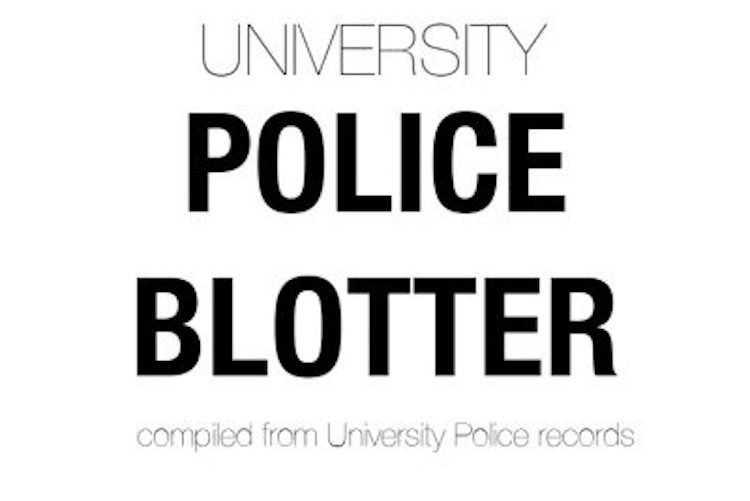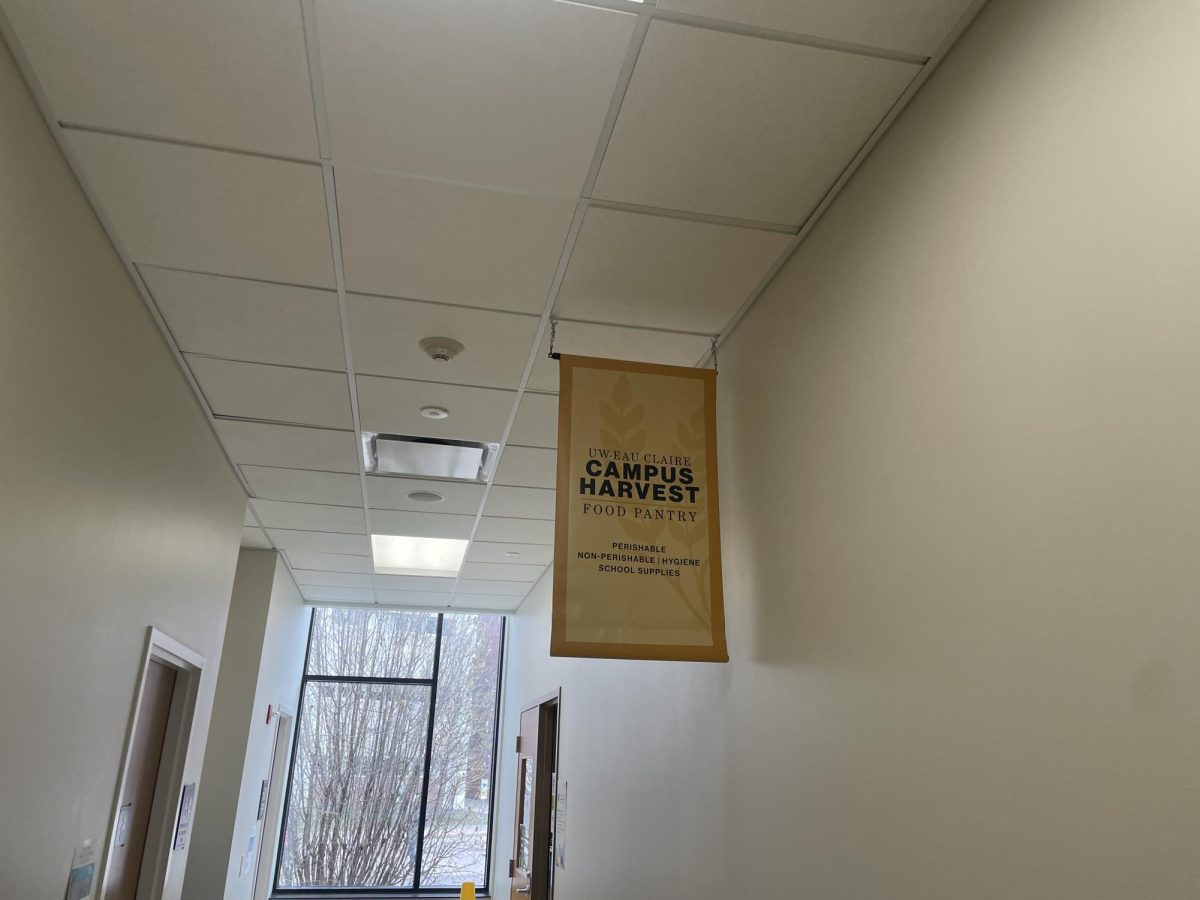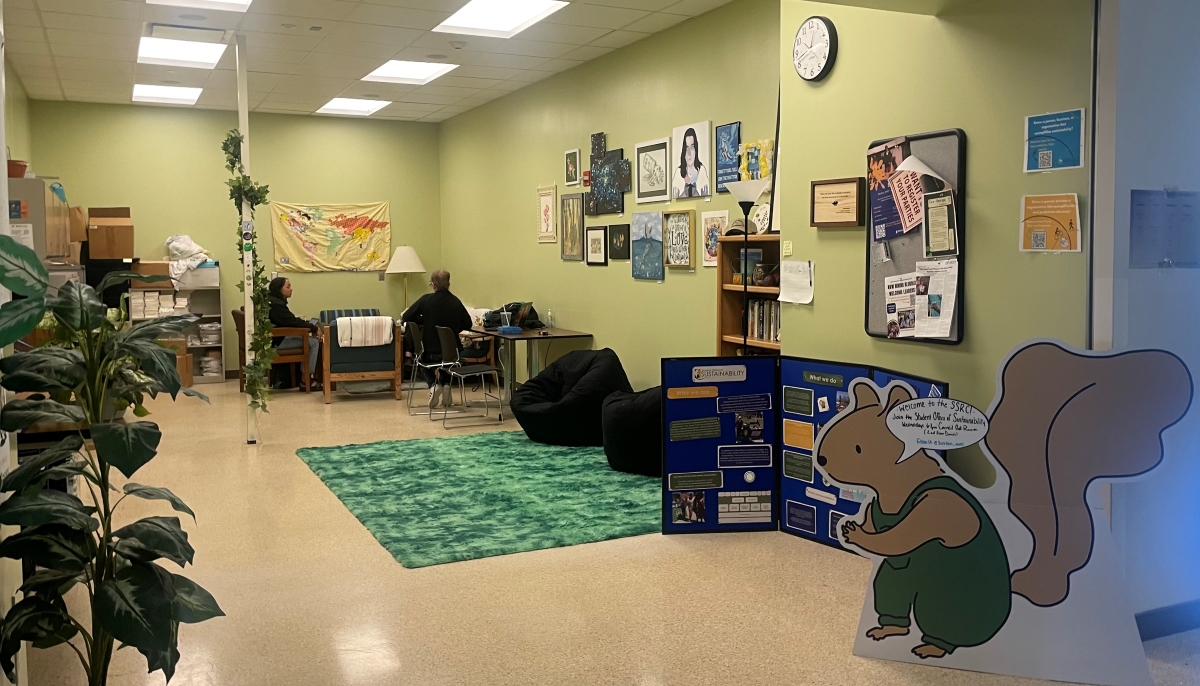Biology 110 teaches students how organisms interact with their environment. Senior Spencer Rohlinger seemed to take this to heart in her study of how students interact with their education.
She was part of a research project studying heuristic writing.
“It’s a method of teaching where it asks students to actively participate in the learning as opposed to just having somebody lecture to you,” she said.
Rohlinger said they found that students learn better this way.
Her research was eventually selected to be presented at the Capitol, where she presented the data she helped find to her representatives in the rotunda.
She said she learned important skills through research and that it also was an enjoyable time.
“I don’t think there is any downside to this,” Rohlinger said. “It’s a great learning experience from many different perspectives.”
This is just one way that students research at this university.
A total of 229 projects were funded in the previous academic year, according to Assistant Vice Chancellor for Research Karen Havholm. This amounted to $687,419, of which 66 percent was for student stipends.
Havholm works in the Office of Research and Sponsored Programs, which acts as a go-between for research and potential researchers.
She said the money mostly comes from tuition, but there is also some gift assistance as well.
Students can receive stipends of around $2,000 to conduct research, according to the ORSP. Traveling to conferences and the research itself can also be funded.
Jeremy Miner, who is the director of grants and contracts as the ORSP, said there are differing levels of control a student can have in a project. They can run the show, be on even footing or be lead by a faculty mentor, he said.
Havholm said that most research tends to be faculty driven.
There are many ways to get started, but one is simply attending class, Havholm said.
“I like to tell students that every time they walk into a classroom, they are auditioning for a research project,” she said.
This was the case with senior Drew Christensen and junior Joy Larson.
They are helping to conduct research on the differing perspectives students have on global warming in the U.S. and China and both got in contact with their faculty mentor in the same way.
“I took a class with my professor and through that, he became my faculty advisor as well,” Larson said. “So I built a pretty strong connection and asked to get involved with some of the research that he does.”
Havholm said students can also come into the ORSP office and the staff there will ask what the student is interested in and connect them with a faculty member.
She stressed the importance of having a good fit with the faculty researcher such as what Christensen and Larson have.
There are also opportunities to be externally funded, but Havholm said it is harder to get grants for these.
“The internal program is less competitive,” she said. “More students get funding who apply.”
Miner said that they are constantly updating faculty on external research opportunities. Also, there is a search engine called COS available to all Eau Claire students where one can locate potential research.
An example of an external program is one in mathematics research called SUREPAM where students develop the project, but the grant money goes to the professor. This is used as a recruiting tool as well.
“There are faculty members that put the call out to students saying ‘Tell me about the research you want to do,’” Miner said.
Larson hopes to do just this some day and said her research experience will help guide her.
“This was a really good opportunity to start getting involved and getting an idea at how to conduct research,” she said.
Christensen is not against student-led projects, but appreciated having a professor lead his project.
“It’s really nice to have somebody, kind of almost a visionary looking ahead trying to direct us to an ultimate goal above anything we can do
as individuals,” he said.
Regardless of how the research is done, all three students agree that it will help their future — even if it’s just how to research.
“Really picking out things that are important; sifting through
all of the junk,” Christensen said. “Finding the really hard facts that make a difference. Skills like that you can’t really pay for.”






